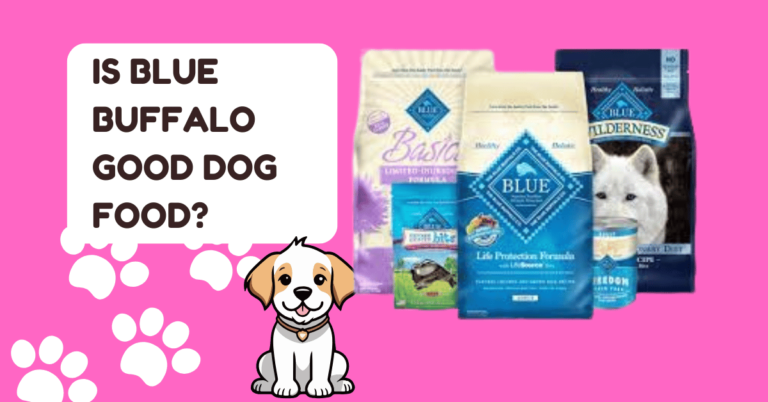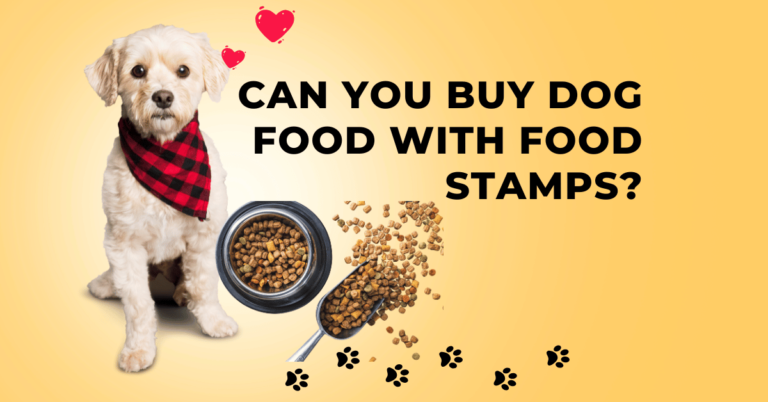How Much Should You Feed Your Dog? The Complete Guide to Getting It Right
If you’ve ever stood in the pet food aisle, staring at labels, wondering if you’re feeding your dog too much or too little you’re not alone. Feeding seems simple, yet it’s one of the most misunderstood areas of pet care.
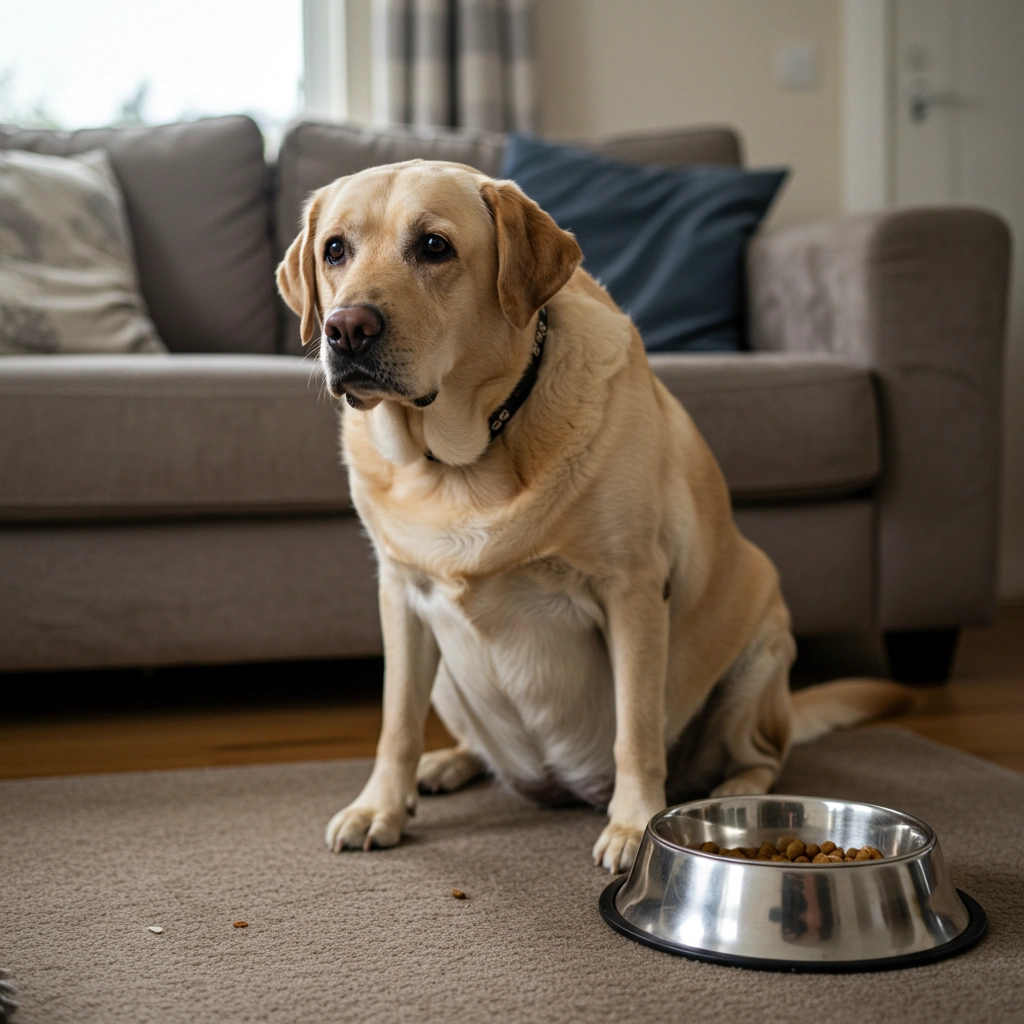
Most dog owners rely on vague rules of thumb or go by what “seems right.” But the truth is: what, when, and how much you feed your dog has long-term consequences. It affects not only your pet’s energy and appearance, but their risk of disease, emotional well-being, and how many healthy years you’ll get together.
This guide aims to put an end to the confusion. It’s built from veterinary recommendations, real science, and years of practical experience with dogs across breeds and life stages. Whether you’re raising a new puppy or supporting a senior companion, here’s exactly how to feed your dog the right way
Why Does Food Quantity Matter So Much?
because too much or too little food slowly reshapes your dog’s entire biology.
Dogs that are consistently overfed may seem “well-fed” or “strong,” but over time, they face a higher risk of joint disorders, diabetes, cardiovascular stress, and even certain cancers. On the other hand, underfeeding even slightly can cause muscle loss, lethargy, anxiety, and immune issues.
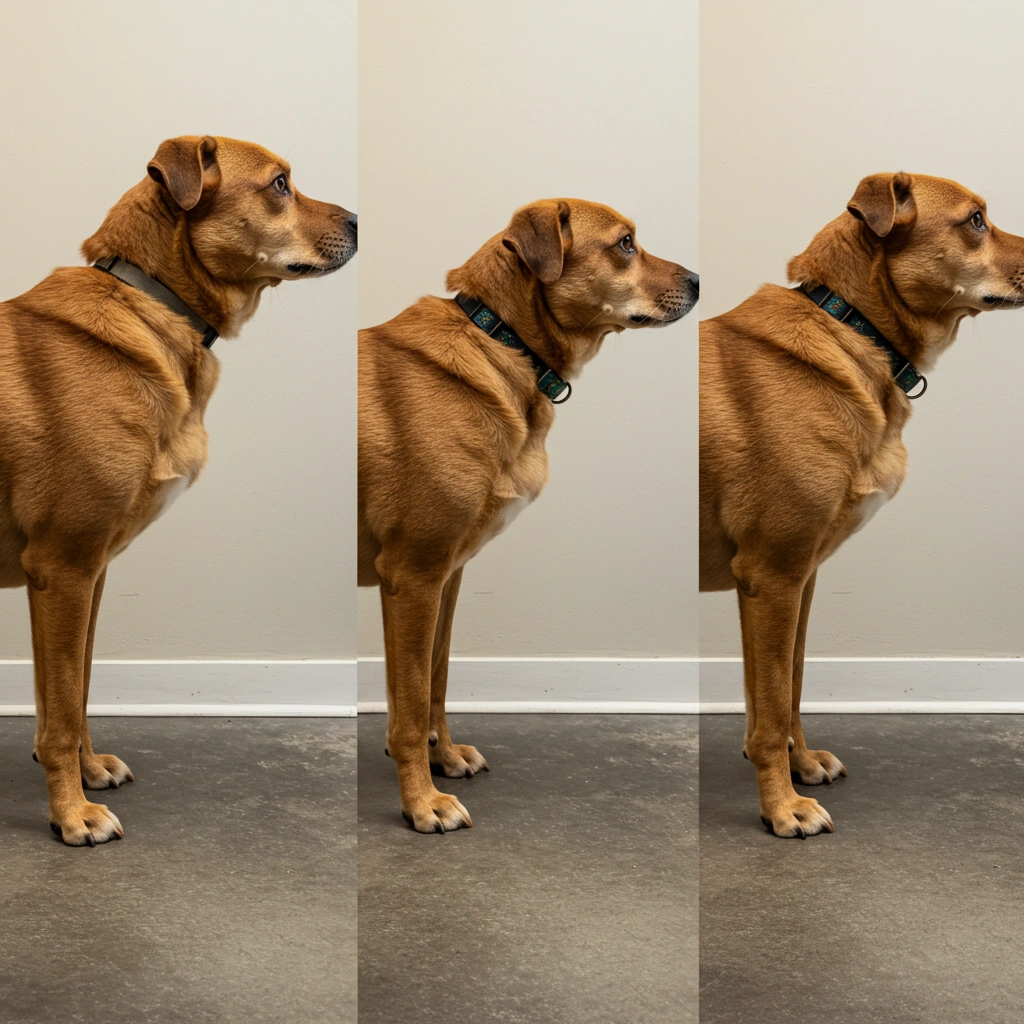
In fact, a long-term study by Purina found that dogs kept at a lean body weight lived 1.8 years longer than their overweight counterparts. That’s nearly two extra years of walks, playtime, and companionship all by feeding the correct amount.
What Determines How Much a Dog Needs?
No two dogs are the same. The amount of food your dog needs depends on a combination of the following:
- Body weight and metabolism
- Breed and body structure
- Activity level
- Age and life stage
- Spay/neuter status
- Health conditions
- Environmental factors (cold weather dogs burn more calories)
Each of these factors contributes to how many calories your dog needs per day and what form those calories should take (protein, fat, fiber).
A Science-Based Way to Calculate Your Dog’s Food Needs
Veterinarians use a well-established formula based on Resting Energy Requirement (RER). Here’s how it works:
Step 1: Convert Your Dog’s Weight to Kilograms
If your dog weighs 22 pounds:
- 22 ÷ 2.2 = 10 kg
Step 2: Calculate Resting Energy Requirement (RER)
RER = 70 × (Body Weight in kg)^0.75
For a 10 kg dog: RER = 70 × (10)^0.75 = ~400 calories/day
Step 3: Adjust for Lifestyle with the MER (Maintenance Energy Requirement)
Multiply the RER by a lifestyle factor:
| Dog Type | Activity Factor |
|---|---|
| Neutered Adult | 1.6 |
| Active Adult | 2.0 |
| Working Dog | 3.0–5.0 |
| Puppy (under 4 months) | 3.0 |
| Puppy (4–12 months) | 2.0 |
| Senior | 1.2–1.4 |
A neutered adult dog:
- MER = 400 × 1.6 = 640 calories/day
Once you know the number of daily calories, you can check your food label and calculate the portion size in cups or grams.
Every dog food formula has a different calorie density. Always check the label to avoid over- or underfeeding.
Feeding Across Life Stages: Puppies to Seniors
Dogs don’t eat the same way throughout their lives. Their nutritional needs shift dramatically based on age and body development.

Feeding Puppies: Growth, Bones, and Brain Health
Puppies require twice the energy of adults, plus nutrients like DHA for brain development and calcium for bone growth. But more food isn’t always better. Overshooting protein and calories can trigger skeletal problems in large breeds.
| Age | Meals/Day | Notes |
|---|---|---|
| 6–12 weeks | 4 | Use softened puppy kibble or wet food |
| 3–6 months | 3 | Begin slowly reducing frequency |
| 6–12 months | 2 | Transition to adult food based on breed size |
Generic homemade meals without a veterinary recipe. Puppies need tightly balanced minerals like calcium and phosphorus in exact ratios.
Adult Dogs: Balance and Routine
Adult dogs (1–7 years) thrive on consistency. They need fewer calories than puppies but still require high-quality protein, healthy fats, and fiber.
Factors like activity level, breed, and spay/neuter status directly impact calorie needs. For example, a neutered Labrador that gets one daily walk may need 20% fewer calories than an intact working Border Collie.
Feed twice daily once in the morning, once in the evening using a measuring cup or digital scale.
Senior Dogs: Less Is More
Older dogs often need fewer calories but more targeted nutrients. Their bodies benefit from ingredients that support aging joints, digestion, and cognitive function.
Look for:
- Glucosamine and chondroitin for joint support
- Antioxidants like vitamin E and beta-carotene
- Prebiotics and easily digestible fibers
Some seniors may lose appetite, while others gain weight due to inactivity. A gentle, portion-controlled diet based on your vet’s guidance is key to keeping them healthy.
How to Read Dog Food Labels the Right Way
Dog food labels can be confusing but decoding them is crucial. Here’s how to approach them:
- “Complete and Balanced” Statement – This indicates the food meets minimum nutrient standards set by the AAFCO.
- Life Stage Appropriateness – Check if the food is for “growth,” “maintenance,” or “all life stages.”
- Calories per Cup or Can – This helps you determine how much to serve.
High-protein, meat-first formulas generally provide better bioavailability, meaning your dog gets more nutrients from less food.
Watch out for vague terms like “meat by-product” or “animal digest.” They’re not necessarily dangerous, but they lack transparency.
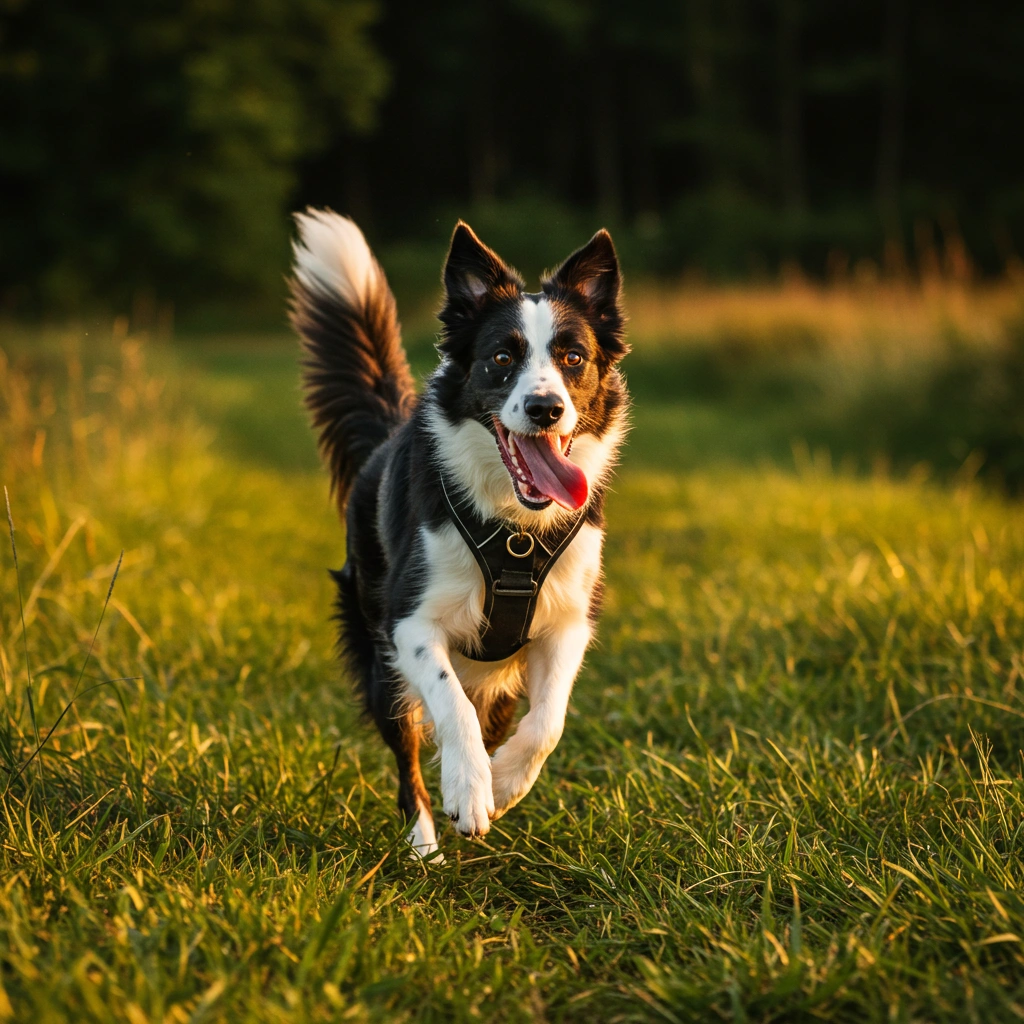
Should You Feed Dry, Wet, Raw, or Homemade?
Each feeding method has pros and cons and what’s best depends on your dog’s individual needs.
| Type | Pros | Cons |
|---|---|---|
| Dry (Kibble) | Convenient, cost-effective, dental benefit | May be less palatable |
| Wet/Canned | High moisture, tasty, easy for seniors | Can be expensive |
| Raw (Frozen/Fresh) | High in natural enzymes and nutrients | Bacterial risk, expensive |
| Home-Cooked | Full control over ingredients | Time-consuming, must be vet-guided |
If you choose a homemade or raw diet, work closely with a board-certified veterinary nutritionist. Nutrient imbalances are common and can silently harm your dog over time.
Five Common Feeding Mistakes to Avoid
- Free Feeding (Leaving Food Out All Day)
- Overdoing Treats
- Not Measuring Food
- Sudden Diet Changes
- Using Human Food as Regular Meals

How to Know If You’re Feeding the Right Amount
Instead of relying only on a scale, use the Body Condition Score (BCS) a visual system veterinarians use.
- Ribs should be felt but not seen
- From above, your dog should have a visible waist
- From the side, the belly should have a tuck-up, not hang low
If you can’t tell, ask your vet to show you your dog’s score. A healthy BCS is between 4 and 5 out of 9.
Feeding your dog isn’t just a routine it’s an act of care. Every scoop you pour, every label you read, and every vet check you attend helps determine how healthy and happy your dog will be.
The goal isn’t just to feed it’s to nourish. And with the right approach, that nourishment can add years to your dog’s life.
So take your time. Ask questions. Read labels. Watch your dog’s body not just the bowl. Because when you feed with insight, intention, and love, you’re giving your best friend exactly what they deserve: a life well-fed.






